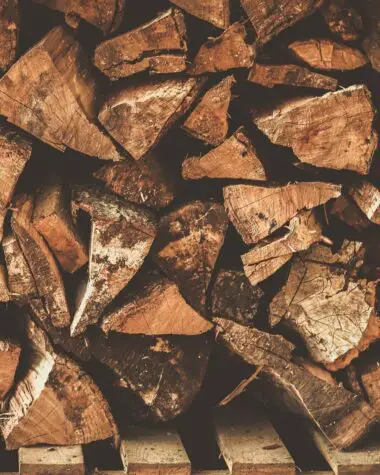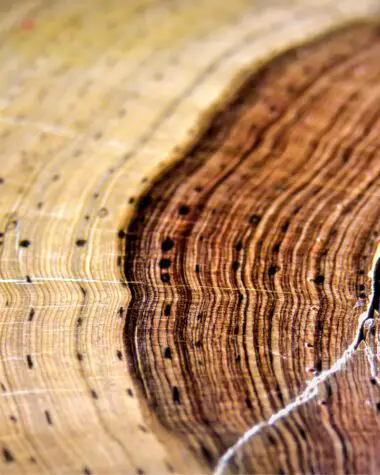To give wood a purpose, it must go through a series of processes before revealing its innermost value. Similar to Popayán in Colombia, which can only reveal its secrets and knowledge to those who are prepared to look beyond what is immediately obvious. To realize this notion, this article will guide you about their sacred culture and practices during the holy week and how wood contributes a meaningful symbolism in this country’s holy procession.
Did You Know?
One of Colombia’s most overlooked and lovely cities is Popayán. This wonderful town is situated in the Cauca department’s southern region. Interestingly, Popayan was declared a City of Gastronomy by UNESCO because of the unique local dishes that feature a symbiosis between ingredients and techniques brought from Spain along with indigenous native components.
Furthermore, Popayán is also noted for having the most churches in Colombia. These churches include La Ermita, Santo Domingo, San José, San Francisco, Belén, San Agustin, and the iconic Catedral Basílica Nuestra Señora de la Asunción. In line with this, the local population is regarded as one of Colombia’s most religious populations.
Sadly, numerous earthquakes have significantly impacted Popayán, like the one on March 31, 1983. After this horrific earthquake, it took more than ten years for the local population to slowly recover from the tragic losses and effects. Even in modern times, it is still possible to encounter buildings that have not yet been rebuilt, as though carrying the terror of the earthquake that lasted for only 18 seconds but left destruction for 18 years in its wake.
Looking Closer: The Holy Week Processions in Popayán
For more than 450 years, the Holy Week Processions in Popayán have been a well-established and well-preserved tradition. Interestingly, the Spanish conquerors were the ones who brought the tradition. It resembles the religious rites and ceremonial events held in Seville and Valladolid.
Popayán’s Holy Week Processions have their roots in Iberian traditions and cultures, but the inhabitants have incorporated their most sacred beliefs into the related festivities to become distinctive for the area. According to records, the oldest processions in Popayán appeared as early as 30 years after the town’s founding. Thus, it is thought that the first Popayán processions began in 1566.
The Holy Week Processions in Popayán consist of five processional events: Mary, Jesus, the Cross, the Laying in the Tomb, and the Resurrection. Then, it will be followed by a two-kilometer trip through the heart of the town.
Holy Tuesday Procession
Beginning at St. Augustine Church is the Holy Tuesday Procession. Men bearing pictures of Christ start to move toward Popayán’s main streets from the St. Augustine church. The men are greeted by acolytes wearing red robes as soon as they arrive in the town’s center. Chime bells ring as incense is distributed. The red-robed acolytes also carry a crucifix among the symphony of fragrant smells and the solemn sounds of the bells.
Good Friday Procession
The Good Friday Procession is regarded as the most symbolic within the Holy Week Processions in Popayán. This is so that it can accurately capture the lead-up to the crucifixion. Men carrying tools stand symbolically for the people who nailed the body of Christ to the cross. A skeleton stands in for the Death sign. The image of Christ’s corpse in repose is portrayed by a finely created sculpture composed of ivory and tortoise shells.
The Rich Symbolism of Wood in the Holy Week
It is believed that the five processions of the Holy week would not be possible without the expertly crafted reliquary floats, known as “pasos.” People say that each of the five processions revolves around “pasos.” Its creation involves people doing a variety of intricate procedures.
A wooden statue representing different aspects of the Easter tale adorns each float. Each paso is returned to the churches once the Holy Procession is over so that it can be gently removed. Until the processions the following year, the pieces are kept in storage.
Upon completing the Holy Procession, the participants return each paso to the churches, where it is meticulously disassembled. All the parts are stored after the paso is disassembled until the processions the following year.
Just before the nighttime processions start, Popayán people finish the final touches on the paso emblems in the nearby churches. Preparing each paso is the responsibility of a whole local family.
Sindico is the term used for knowledgeable elders in the town. A sindico oversees the pasos’ ornamentation, ensuring that all stringent guidelines based on the long-standing custom are implemented properly and attentively.
Flowers of various colors are customarily utilized throughout each procession to embellish the elaborate wooden statues according to the meaning associated with each flower’s hue.
For instance, pink flowers decorate the Paso of the Fallen Jesus during the Wednesday Holy procession. Pink flowers represent humanity’s excitement in looking forward to immediate redemption. Amazingly, the majority of these wooden statues are from the 18th century.
UNESCO and the Holy Week Processions in Popayán
The Popayán Holy Week Processions were included in UNESCO’s Intangible Cultural Heritage of Humanity list in 2009. Thus, the old practice seen as crucial in maintaining the inhabitants’ collective consciousness was rightfully recognized as having local and worldwide relevance.
Currently scattered by conflicts and tension and still bearing the fame of a country of “Narcos,” Colombia has so many well-hidden layers of beauty that one can find only with an open mind willing to explore the pulsating soul of the country. Behind the high rates of poverty and crime, Latin America is where so many secrets are still patiently waiting to be discovered.
The Holy Week Processions in Popayán reveal a completely different face of Colombia as if wiping away all the brutal images regularly brought up to the attention of Western society.
Final Thoughts
Each year, Popayán presents a parade marked by beauty, wisdom, and spiritual power that rise on the streets. The town’s cultural expressions are where the magic of sounds, incense, and master woodworking keep the ancient traditions alive.
This traditional practice reflects some of the core values of the Colombian people. These values continue to keep the locals rooted in the traditions of their ancestors and their deep faith in something that extends beyond anything materialistic. Thus, it is the essence and extraordinary learnings of the Holy Week Processions in Popayan.








